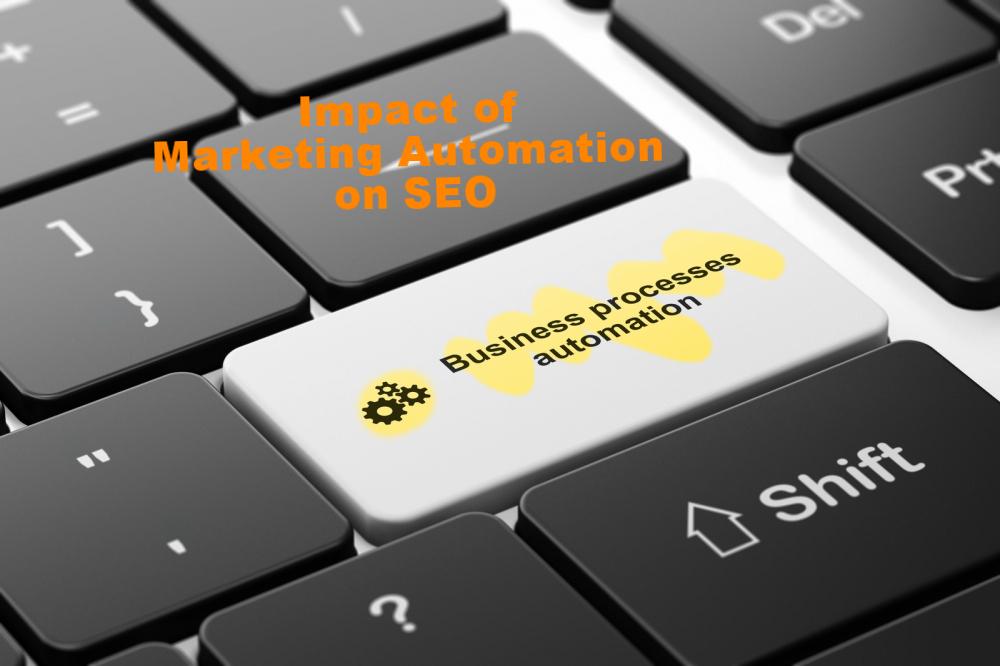
Marketers rely on marketing automation platforms for simplifying campaign management, driving qualified traffic, sharing valuable content, creating leads, and converting them into customers.
Over the past few years, we have become accustomed to relying on these platforms.
And why not?
Prior to the “explosion” of these platforms, most of us were stuck using multiple tools all of which offered a different level of automation and politely refused to share data with any other tool. This left us to spend most of our time implementing the right campaigns and less time for measuring the results.
Popular marketing tools and platforms include:
- WordPress for managing content
- MailChimp for email marketing
- Google Analytics measuring performance
- Google AdWords managing paid (PPC ) campaigns
- Moz assessing on-page optimization and tracking keywords
- Hootsuite managing social media
- Unbounce creating landing pages and performing A/B testing
These are just a few. There are hundreds of others (211 as reported by Capterra) on the market today.

Studies have shown that over the past five years, marketing automation platforms have seen an explosive growth in every area of CRM. For instance:
- 91% of successful marketers believe that marketing automation has been “very important” for success across all marketing channels, whereas 63% plan to increase their automation budget — Market and Ascend 2 (2015)
- Compared to 2011, nearly 11 times more B2B organizations are leveraging marketing automation — SiriusDecisions (2014)
- Top organizations are 67% more inclined towards leveraging marketing automation platform for streamlining their CRM needs — Aberdeen Group (2014)
- Marketing Automation has become one of the Top Digital Priorities for 21% of B2B marketers and 8% of B2C marketers — Adobe (2014)
All this makes a sound case for continuing the use of marketing platforms for boosting performance, but we have a catch.
Understanding the Relation between SEO and Marketing Automation
In an era of digital transformation where disruptive technologies such as Social Media, Big Data Analytics, greater enterprise mobility, and flexible and scalable cloud solutions speed and efficiency is of great essence.
Marketing automation platforms offer that.
But the end result of the marketing funnel is often the landing page, a cornerstone content around which most of your marketing content that you have created, shared, and promoted. It is most likely managed with the platform to lead qualified traffic to this final piece of the conversion puzzle (from a marketing perspective at least.)
Now SEO and marketing are intrinsically linked, but when an automation platform is introduced in their midst, it limits the level of control the two teams have on the content that is being shared on the landing page.
This is in turn generates the wrong kind of signals for the search engine.
The purpose of the landing page is normally to create a separate, targeted space for converting visitors — one that your SEO and marketing team can continuously optimize. Marketing automation platforms do allow you to “optimize” the landing page for better search ranking, but it’s a fool’s effort.
And they should NOT be published in any other way.
Your top level domain should always be the place where you create and share the most valuable and authoritative content you can create.
Rank Fishkin (Wizard of Moz) aptly phrased it:
No, it’s about using the landing pages right:
The Right Way of Using Your Marketing Landing Pages
Create them on a sub-domain, dedicating each landing page to an individual marketing effort/campaign. Be focused, use each page for capturing leads or testing different tactics. Creating landing pages on different sub-domains rather than top-level domain offer the following SEO advantages:
- It avoids duplicate content — multiple versions of the same content is available to your marketers in your site’s subfolders
- Easier to mask — Custom URLs can be used to mask sub-domains and show them as not a part of the main site structure such as demo.site.com or resource.site.com, etc.
- Secure from penalties —They are not impacted by any major optimization efforts on the top-level domain name, hence:
- Offers a playground for testing — marketers can easily test new ideas without worrying about crippling the ranking of the website. This allows your SEO and marketing team a test friendly environment for collaborative effort.
The SEO best practice is to focus your effort.
Create optimized, valuable, and authoritative content such as blog content, webinars, free resources, etc. on the top-level domain. Create marketing landing pages on a sub-domain and easily experiment with different CTAs, layout, and messaging techniques. Avoid your landing pages to become the area where your SEO rich content resides. It should be the place where you promote that content.
Additionally, ensure that the sub-domain should never be used for replacing any content that has been created on the top-level domain.
Driving Traffic to Your Landing Pages
Marketing landing pages created on sub-domains are not the right place to put all of your SEO efforts. Hence, you will have to partner with different forms of referral traffic such as PPC, social, and affiliate to name a few.
In theory, you can argue for optimizing these pages, like any other web page on your top-level domain. However, it is unnecessary. Marketing landing pages should be destination, are supposed to be a destination that you bring your qualified leads to through the use of content that you have created instead of simply banking on the SERP results and ranking.
Hence, instead of focusing on optimizing them for the ranking, spend the same time, effort, and budget on creating more valuable content to engage and compel newer leads further into your marketing funnel.
It was the era where features such as dynamic smart forms and lead intelligence were a fantastic dream, but not a possibility for the average marketing team. But now we have these robust marketing automation platforms.
They are beneficial, but unless they are used the right way and in line with SEO best practices, marketers will find themselves wasting a lot of valuable resources creating content for the wrong pages.
If you have any questions about SEO, click on this page.
Otherwise you can contact me personally on the details below about any questions you may have.
Open the conversation.
Ask us anything. From basic questions to complex queries about marketing, optimisation and design.
Get in touch